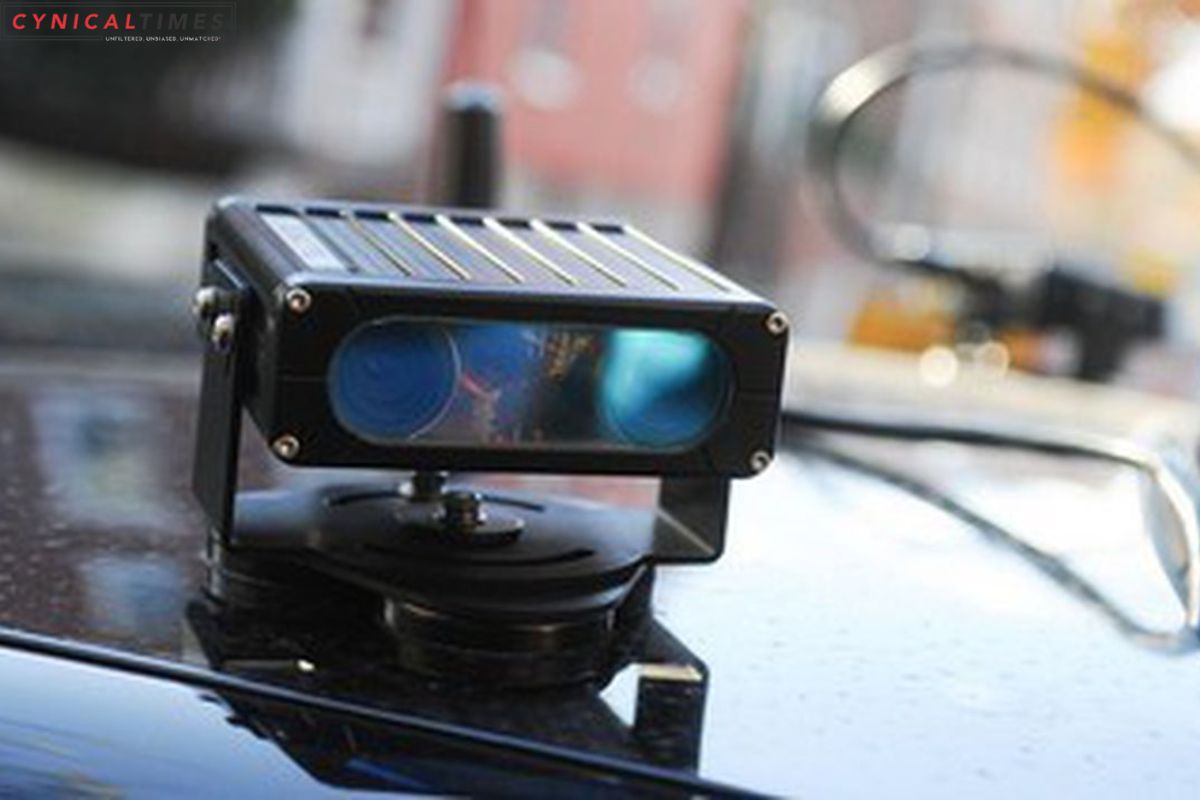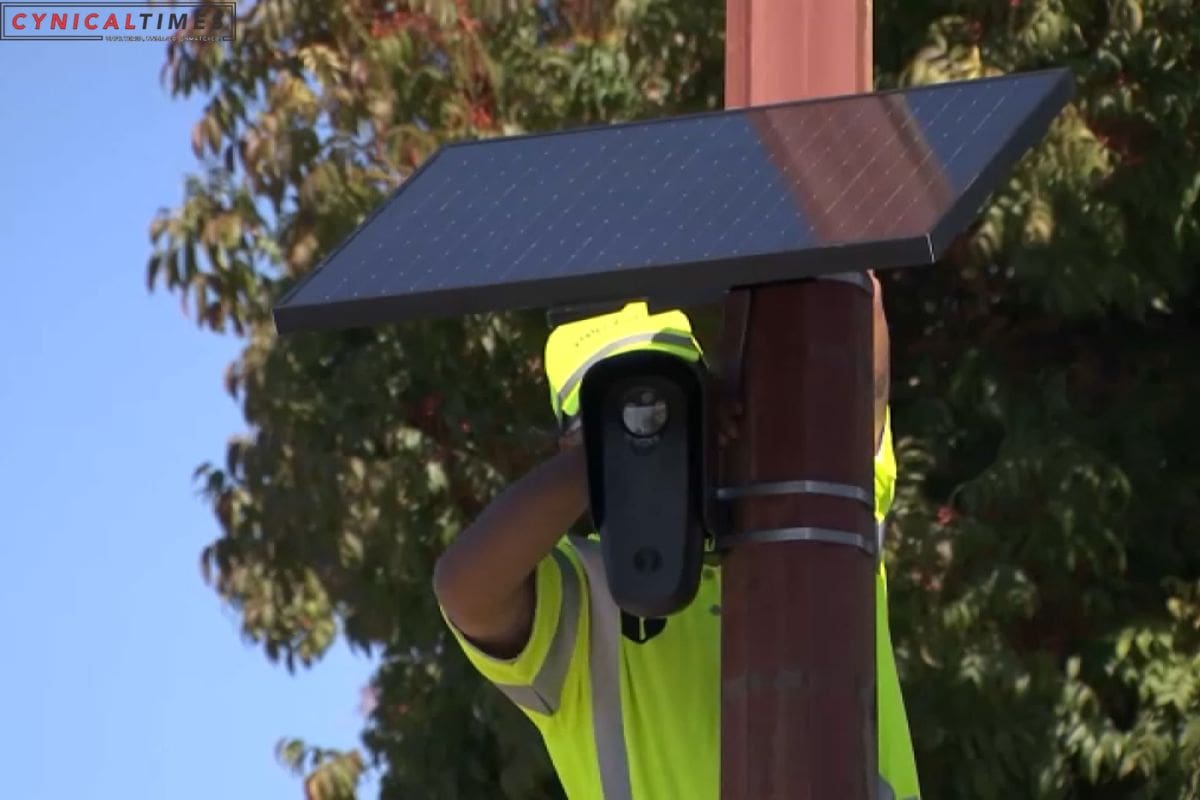High Tech License Plate Readers: In a bid to combat crime, San Jose has introduced a fleet of automated license plate readers (ALPR), yet their effectiveness in solving crimes remains uncharted territory. Mayor Matt Mahan recently showcased the installation of San Jose’s 108th ALPR and highlighted anecdotal success stories where high-speed camera technology played a pivotal role in solving various cases, from robberies to hit-and-runs.
Furthermore, the city has launched a retail theft unit utilizing ALPR cameras to monitor key escape routes. However, a deeper look into ALPR usage across cities reveals a lack of comprehensive data analysis to substantiate their impact. While some, like Piedmont, track arrests made with ALPR assistance, others, like Tiburon, do not.
When San Jose was probed for arrest and clearance rate data stemming from its 11 mobile ALPRs installed since 2013, the police department claimed it was “unable to query this data.” Such findings beg the question of whether these surveillance tools, which scan license plates and capture vehicle rear details, are providing tangible results or are more of a technological showpiece.


Also Read : Intruders Target Elderly Couple in San Jose Home Invasion Robbery
While Oakland reported receiving no investigative leads from its ALPRs, Vallejo proudly cited the recovery of 113 cars and 116 arrests resulting directly from the technology. Notably, some cities have yet to install these systems, leaving their efficacy untested. In Piedmont, where 248 people have been arrested with the aid of ALPRs since 2014, the success can be attributed to a combination of factors, including a fixed surveillance camera and a real-time response mechanism.
Despite this, Piedmont’s small and affluent community presents a distinct advantage, as the city hasn’t experienced a homicide since July 1999. The effectiveness of ALPRs continues to spark debate, with questions regarding their true impact, cost-effectiveness, and data-driven accountability remaining unanswered. The path forward for these high-tech crime-fighting tools remains uncertain, leaving both advocates and skeptics searching for evidence of their true value.
Our Reader’s Queries
What is the license plate reading technology?
Automated License Plate Recognition (ALPR) systems work by capturing an image of a vehicle and its license plate, converting the plate image into alphanumeric characters using optical character recognition, and then comparing the plate number to one or more databases, also known as “hot lists.” This technology allows for efficient and accurate identification of vehicles and their owners, making it a valuable tool for law enforcement and other organizations.
How do you beat license plate reader?
To prevent license plates from being easily read by cameras, there are a couple of options available. One is to use an anti-reflective license plate cover, which is specifically designed to reduce the reflection of light on the plate. Another option is to use a specialized license plate shield that utilizes infrared technology to make it difficult for cameras to read the plate. Both of these options can help protect your privacy and prevent unwanted surveillance.
What is the best camera for reading license plates?
The NSC-LPR-832-BT1 is an LPR camera that specializes in recognizing license plates. This 2MR EXIR bullet camera comes equipped with an 8-32mm zoom lens and produces high-quality video at 60fps. Even in low-light conditions, it can capture license plates up to 100 feet away with its impressive IR distance.
What are the negatives of license plate readers?
New research has revealed that ALPRs, or automatic license plate readers, are prone to misreading license plates. This can have serious consequences, such as wrongful arrests of innocent individuals. The errors are not solely due to technological limitations, but also stem from the hot lists that ALPRs rely on to make matches. These findings highlight the need for improved accuracy and reliability in ALPR technology.

